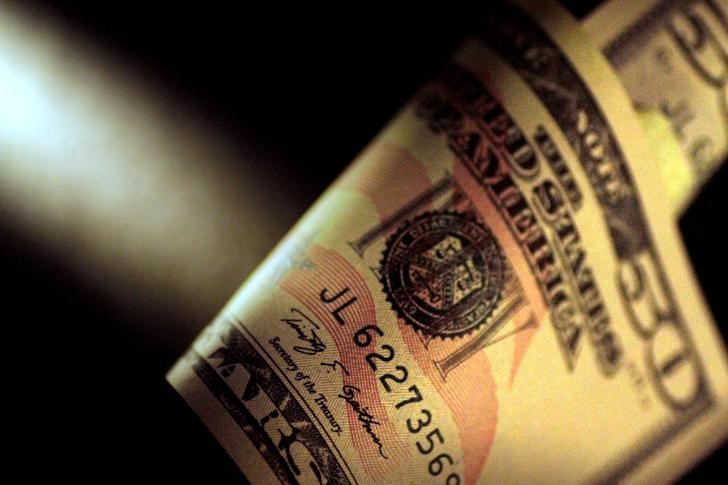By Peter Nurse
Investing.com - The dollar traded largely unchanged early in the European session Wednesday, struggling for direction in holiday-thinned volumes, but looks set for a strong 2022.
At 1:55 AM ET (0655 GMT), the Dollar Index, which tracks the greenback against a basket of six other currencies, traded largely flat at 96.230.
USD/JPY rose 0.1% to 114.90, just below Tuesday’s month-low of 114.94, EUR/USD fell 0.1% to 1.1305, GBP/USD edged lower to 1.3430, slipping from a five-week high, while the risk-sensitive AUD/USD edged higher to 0.7229.
“The week before and the one after Christmas are notably a low-volatility period for most asset classes including FX,” said analysts at ING, in a note. “This year some seasonal tendencies will be mixed with the Omicron variant threatening to force new restrictions and markets still processing a week full of key central bank decisions.”
The safe-haven dollar has been on the backfoot of late with the recent rally in risk assets based on a view the Omicron strain would be less dangerous than the Delta variety, the previous dominant strain, and would thus not derail the global economic recovery too much.
That said, the dollar index has enjoyed its best year since 2015 and many expect further advances for the greenback in 2022, as the U.S. Federal Reserve recently indicated it will start hiking interest rates next year, before other major central banks and the European Central Bank and the Bank of Japan, in particular.
“Given our view of the persistence of U.S. inflation pressures, we see further room for the Fed to turn hawkish,” said analysts at Nordea, in a note. “While the financial markets are already flirting with the chance of the Fed starting its rate hikes as early as at the mid-March 2022 meeting, we see more room for market pricing to increase longer out.”
Elsewhere, USD/TRY rose 2.3% to 12.0812, with the lira weakening amid persisting investor concern over Turkey's monetary policy, having surged more than 50% last week after President Recep Tayyip Erdogan announced a scheme to protect lira deposits against currency volatility.
The Turkish lira had recently fallen to record lows on the back of the central bank slashing its policy rate by 500 basis points since September even though inflation soared.
The next iteration of the country’s inflation rate is due in early January, and is expected to have climbed above 30% in December for the first time since 2003, according to a Reuters poll.
The median forecast of 13 economists is 30.6%, which would be the highest since May 2003 - with forecasts ranging from 26.4% to 37.3%.
